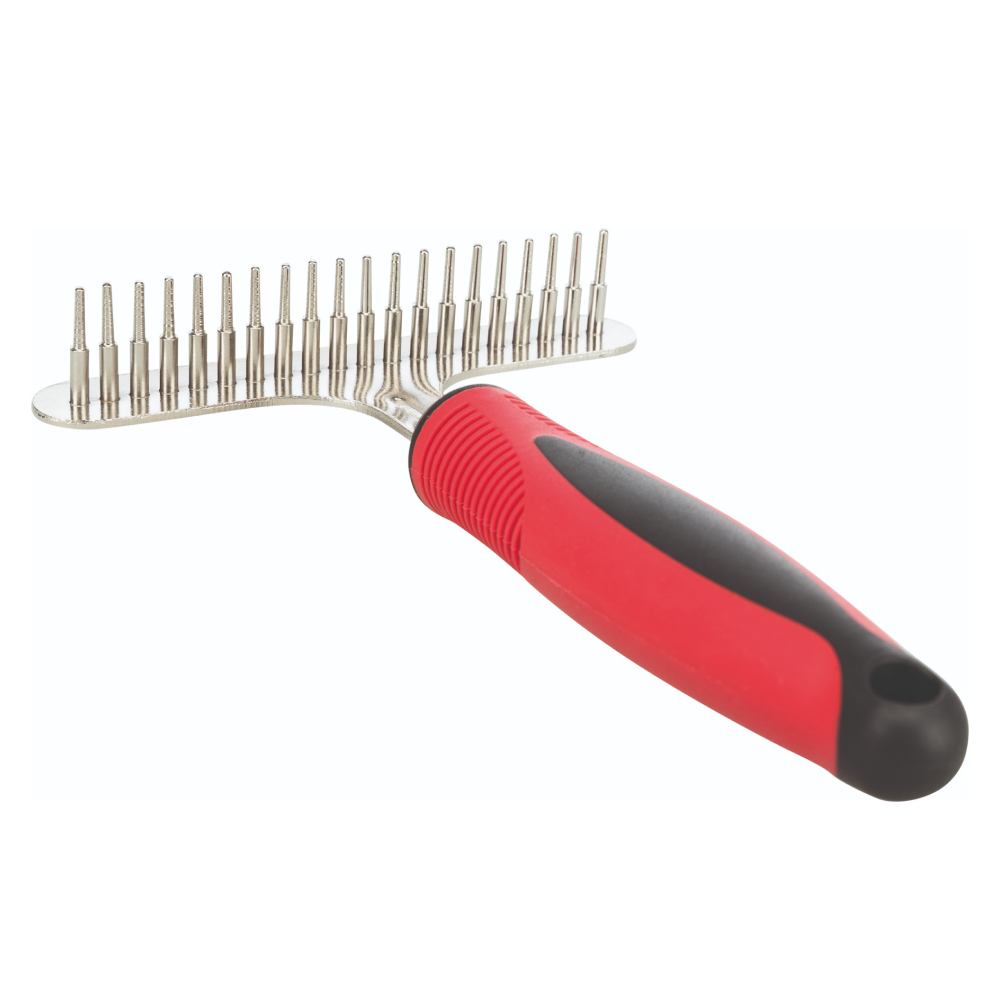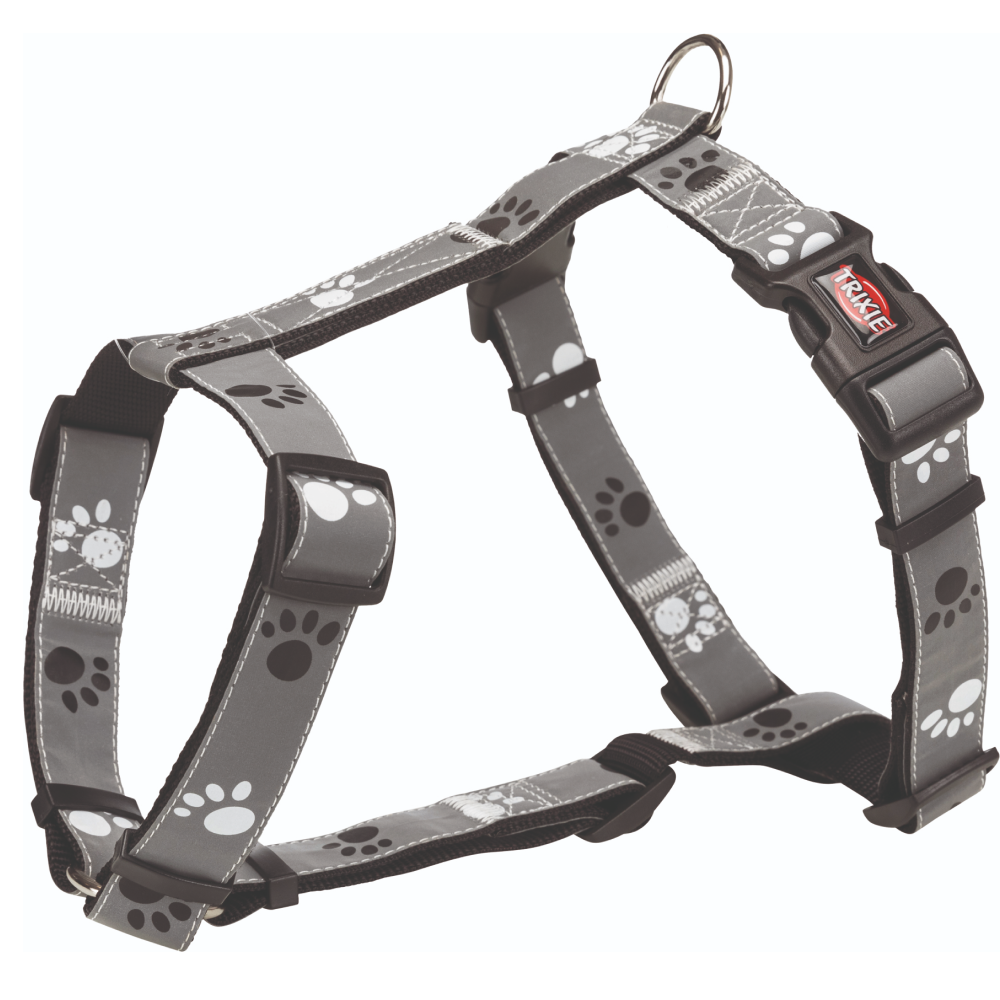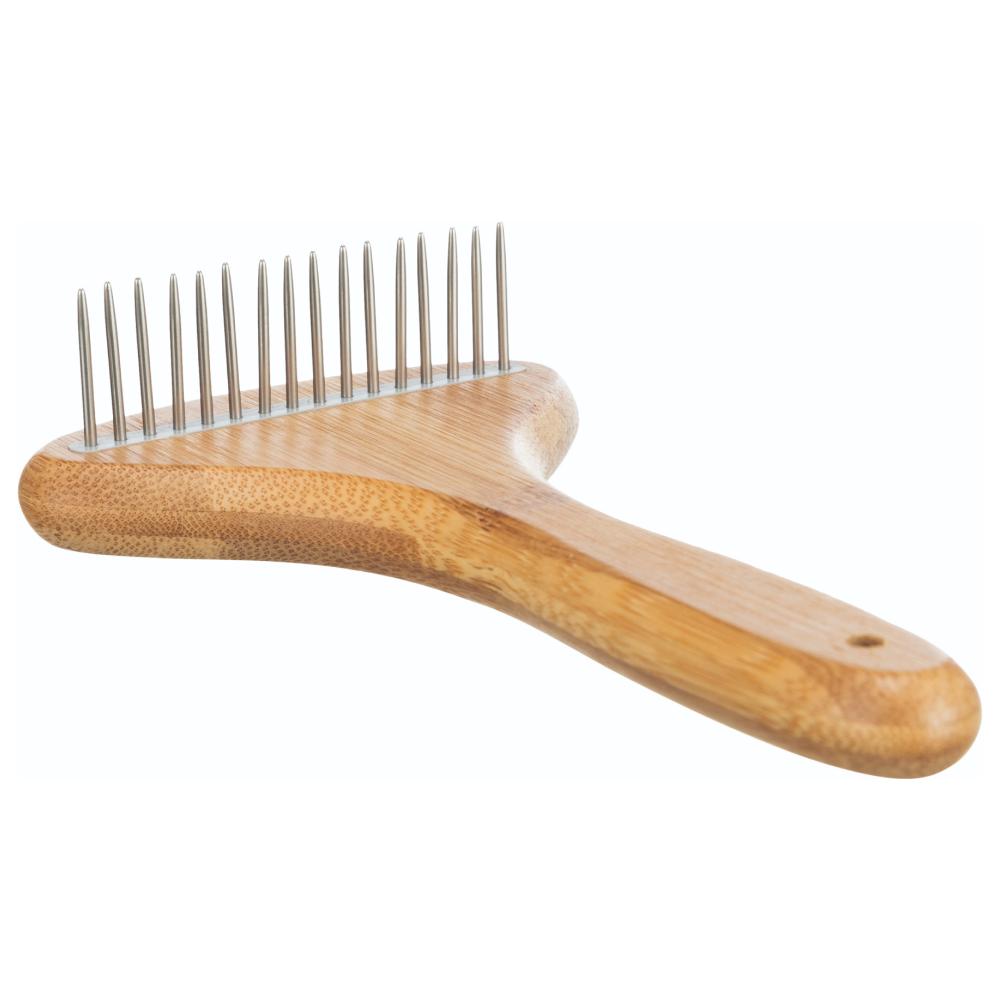
Being a dog parent is an experience full of unforgettable memories. However, if we’ve to pick that one memory that we will hold close to our hearts forever, it will surely be the evening strolls with our beloved pooch. To make your strolls more delightful, dog behaviourists have come up with a magic command that helps you keep your dog by your side, promotes better leash manners, maintains the pace and doesn’t involve pulling and dragging. The command is “heel” and it ensures your furry companion’s safety and makes the strolls easier for you as well as your dog.
Wondering how to teach your dog to heel? Do not worry as we are there to help. In this article, we will take you through the entire process in seven simple steps.
What is walking in heel?
Walking in heel refers to the action of training a dog to walk by your side. They shouldn’t be in front or behind you but right next to you. They should be able to walk at your pace and turn when you do. A dog trained to heel will stay in the position unless told otherwise.
A dog is usually trained to heel for off-leash walking but you can also train your leashed dog to walk in heels. It helps prevent uncomfortable pulling while walking.
Why train your dog to heel?
Heel walking offers you a lovely opportunity to bond with your dog. When your dog is walking at heel, you get to set a direction and pace for it to follow. According to experts, walking in heel mentally stimulates your dog and helps them to relax and be happy. It has also been found that most of the dogs love the process as it acts as a calming technique.
How do you train your dog to heel?
We’ve listed below 7 simple steps to heel-train your doggo. You can begin with practicing the training in your enclosed backyard as it doesn’t have a lot of distractions.
1. Select a training location
With the help of a leash, take your dog to an area that doesn’t have a lot of distractions, people or animals. The hallway inside your home or your backyard will be great options for the training.
2. Position your dog and grab a clicker and some treats
Stand with your dog on your left-hand side. Hold some of your dog’s favourite treats in your left hand and grab the clicker in your right hand. Make sure that the treats are easily accessible to your pooch.
3. Give the sit command
Heeling is one of the most complicated dog-training procedures. Before you begin to train your dog to heel, it is important that it learns to reciprocate the 'sit' command. Once your pal has mastered the sit command, reward it with a click followed by treats. Before proceeding to the next step, ensure that your pet is in a calm and composed state and has its attention on you.
4. Give the heel command and lure the dog with a treat
Hold a treat in front of your furry baby’s nose, say the “heel” command and slowly proceed forward. The treat, in this case, acts as a guide for your pet to follow. After a few steps of your dog walking behind you, praise it with a click and reward with a treat. As the main aim of the heel command is to help you and your dog walk close to each other, keep your left arm with the treat close to your body instead of extending it outwards.
5. Correct your dog’s bad behaviour
It will be ideal if you can practice the above-mentioned routine for a maximum of 10 minutes a day. If your dog happens to lose focus or throw tantrums during the training, you should stop walking forward and call its name until it comes to you, followed by the sit command. When your dog is in the sitting position, give the heel command and continue with the training process.
6. Reduce the usage of treats
After your dog has successfully completed at least one week of practice, continue with the process with your treats inside your pocket or pouch instead of your left hand. When your dog correctly abides by the heel command, reward it with a click and a treat. Slowly, increase the time before rewarding your fur ball with the treat. If you have started with offering it a treat every two steps, you can increase to every five steps and then every ten steps.
7. Master the heel command
Once you and your furry companion have completed another week or two of training, lead your dog to further challenging environments. You can increase the length of the walks and conduct the training in distracting locations such as parks. As you find your pooch reacting positively to the heel command, reduce the usage of treats and rely more on encouragement through verbal praises.
Concluding note
Heel training is an extremely challenging command and one of the major milestone achievements for dogs. Patience and consistency are most important to master this skill. Keep your dog’s training session for a maximum of 10 minutes each day by starting with the basic commands like “sit” and proceeding to advanced commands like “heel”. As your pal learns to deal with distractions, you can start to push it further by introducing it to new environments.
Cat Vaccinations Explained: The Purr-fect Guide to Keeping Your Feline Healthy

If you have just added a cute kitten to your family or adopted a rescued cat and need guidance for their vaccination, this article is for y...
Pawsandpaws | Apr 16, 2025How to Train Your Dog to 'Speak' on Command

Dog parents tend to speak to their dogs to communicate with them. But do you know that you can teach them to answer back? Training your dog...
Pawsandpaws | Apr 02, 2025




















